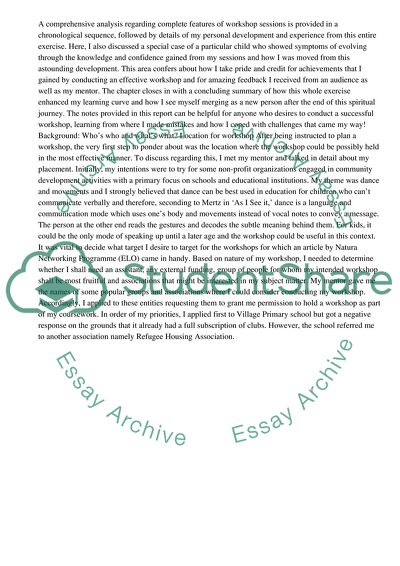Cite this document
(“Community, Education and Project Management Essay”, n.d.)
Community, Education and Project Management Essay. Retrieved from https://studentshare.org/management/1403930-community-education-and-project-management
Community, Education and Project Management Essay. Retrieved from https://studentshare.org/management/1403930-community-education-and-project-management
(Community, Education and Project Management Essay)
Community, Education and Project Management Essay. https://studentshare.org/management/1403930-community-education-and-project-management.
Community, Education and Project Management Essay. https://studentshare.org/management/1403930-community-education-and-project-management.
“Community, Education and Project Management Essay”, n.d. https://studentshare.org/management/1403930-community-education-and-project-management.


